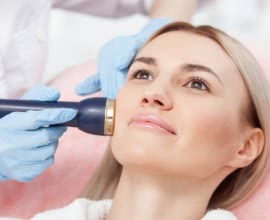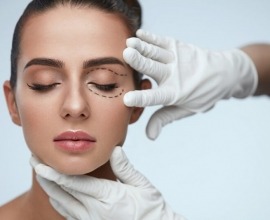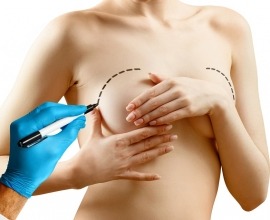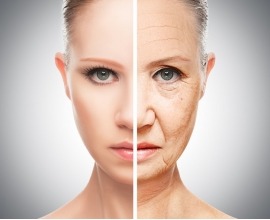Treating Scars After Surgery
One of the many apprehensions people face when deciding whether or not to go ahead with cosmetic surgeries, is the scars that the surgical procedure can leave on the body. While many plastic surgeries today have developed less invasive methods, such as smaller intrusion points to minimise skin damage, some surgical procedures still require methods that inevitably leave a small scare on the body. Examples of this are in breast and nose surgery, and even liposuction techniques. Luckily, there are a range of things patients can do post-surgery to help heal scars quicker. Here, we'll take a look at some of the speculated ways one can reduce scarring after surgery, to help the skin heal quicker repair the treated area.
Applicable Lotions And Creams
Aloe Vera has long been a popular choice for scar healing, having anti-inflammatory properties which can help reduce the swelling and redness of a scar. It can penetrate deeply into the skin, and in doing so repair damaged cells, protect the newer cells and also increase the amount of collagen produced. Shea Butter and Coconut Oil are also common treatments post-surgery. They have been used as an effective skin softener, moisturiser and treatment for dry and cracked skin by indigenous people for many centuries. While available in creams and lotions, it's best to get the pure form of the oil to rub it into the newly formed scar several times a day. Onion extract is another common natural option that can be used, thanks to several unique bioflavenoids it contains.

Silicone Patch Healing
Silicone gel sheeting (SGS) has been widely used in clinical practice for the treatment of scars from the early 1980s. It has become standard practice among many leading plastic surgeons, and is particularly effective on hypertrophic scars (scars which turn red and raise due to not healing properly). A silicone scar sheet is lined on one side with silicone gel, and then placed directly over the scar, not dissimilar from a plaster. The silicone can help flatten and soften the scar, help reduce scar size and appearance and increase skin elasticity. As a non-invasive treatment, there are nearly no side effects
Laser Skin Resurfacing
Laser skin resurfacing is a more drastic treatment for scars that have taken too long to heal. It can take several treatments, but in the best case the whole of the skin surface is treated and the complete regeneration of the surface tissue can be achieved. This treatment is more suited to those with long-term scarring.
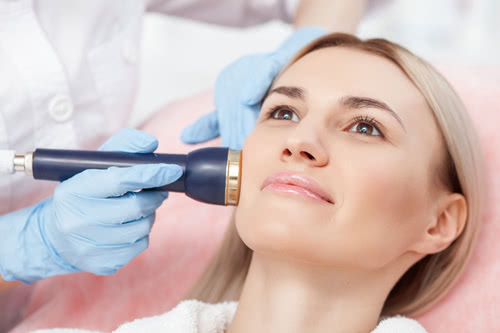
Lifestyle Treatments
Of course, there are also more holistic and organic ways to help improve the scar recovery process. This can include eating plenty of fresh fruit and vegetables, cutting down on calories, fatty foods and carbohydrates. Drinking plenty of fresh, filtered clean water is a good path to take, as well as cutting down on coffee and drinking green teas. Alongside this, regular gentle exercise and plenty of fresh air are things the body craves, and can significantly improve the scar recovery process.
However, it is very important when deciding how to treat your scars to consult your surgeon following treatment, as everyone has a slightly different dermatological make-up, and can react differently to different methods. Always research before you treat, to avoid making the wrong decision, and help get your recovery on the right path.

